How to create user experience (UX) for foreign markets
Considering UX and the typical process steps when starting a project may seem straightforward. It’s essential to understand user needs, behaviors, and expectations while developing new functions, services, or features. But why should we emphasize “UX for foreign markets” and what impact could it have for the automotive industry?
As UX designers, we must adapt to cultural patterns, rules, and behaviors. Conducting thorough research helps us empathize with a market and understand its users, refining UX-related hypotheses. Growing up and living within a specific culture impacts our work, often more than we realize. This awareness is crucial when embarking on intercultural projects. Reflect by asking: Am I biased?
In this article, we will explore two instances where cultural and behavioral differences significantly impact user experience.
Payment Methods
China
In China, mobile payment is the primary method. It’s crucial to consider mainstream Chinese payment options like Alipay and WeChat when designing payment solutions. Diverse payment choices, such as China UnionPay and Apple Pay, also enhance the user experience.
Mobile payments are ubiquitous, extending to public transportation, hospitals, and daily activities. For example, users can scan QR codes on Alipay for metro access. New payment methods, such as facial recognition and palm payment, are emerging. Facial recognition provides an alternative when users forget their card or phone. Palm payment, introduced in 2023, offers more accurate identification, especially for people who look alike.
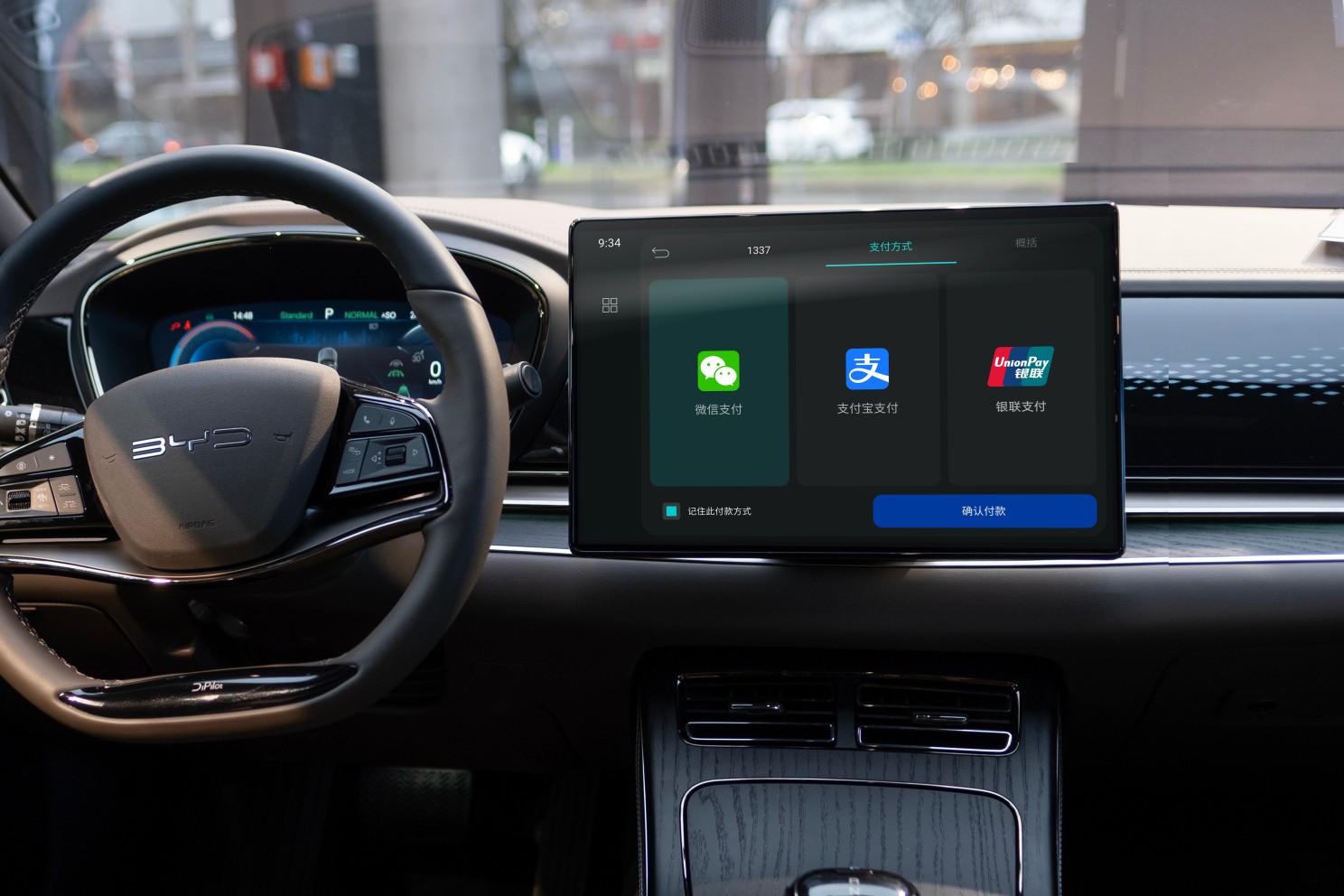
India
Traditionally, cash was the main payment method in India until the introduction of UPI (Unified Payments Interface). Now, smartphones are the primary payment devices. With UPI, users can transfer money in real-time without additional charges using a unique UPI ID or Virtual Payment Address (VPA). Payments can also be made via contact numbers or phone book selections, with no minimum transfer limit.
Integrating UPI into automotive payment solutions should be seamless and intuitive. Future technologies, such as Pay Later, voice payments, and in-car authentication methods, are also gaining popularity. By 2024, new payment solutions like digital rupee, wearables, and WhatsApp payments will become more widespread.
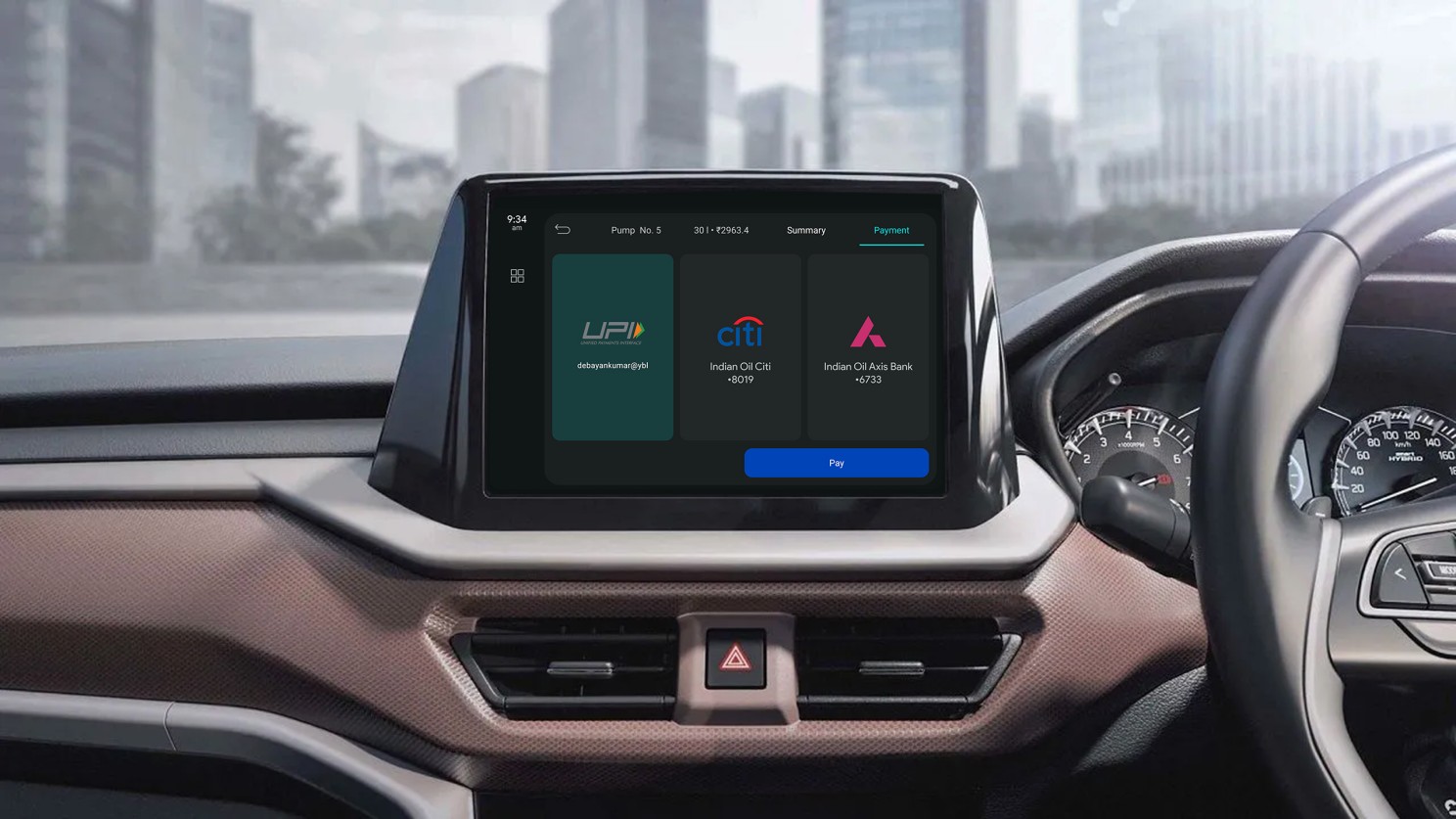
Refueling Processes
Germany
Refueling in Germany typically involves self-service at gas stations. Users park, refuel, and pay at the cashier with cash or EC cards. Alternatively, they can use pay-at-pump machines, preselect the amount, and pay via cash or card. The pump unlocks after payment, and the process stops automatically when the amount is reached or the tank is full. Receipts can be obtained immediately, with refunds issued if needed.
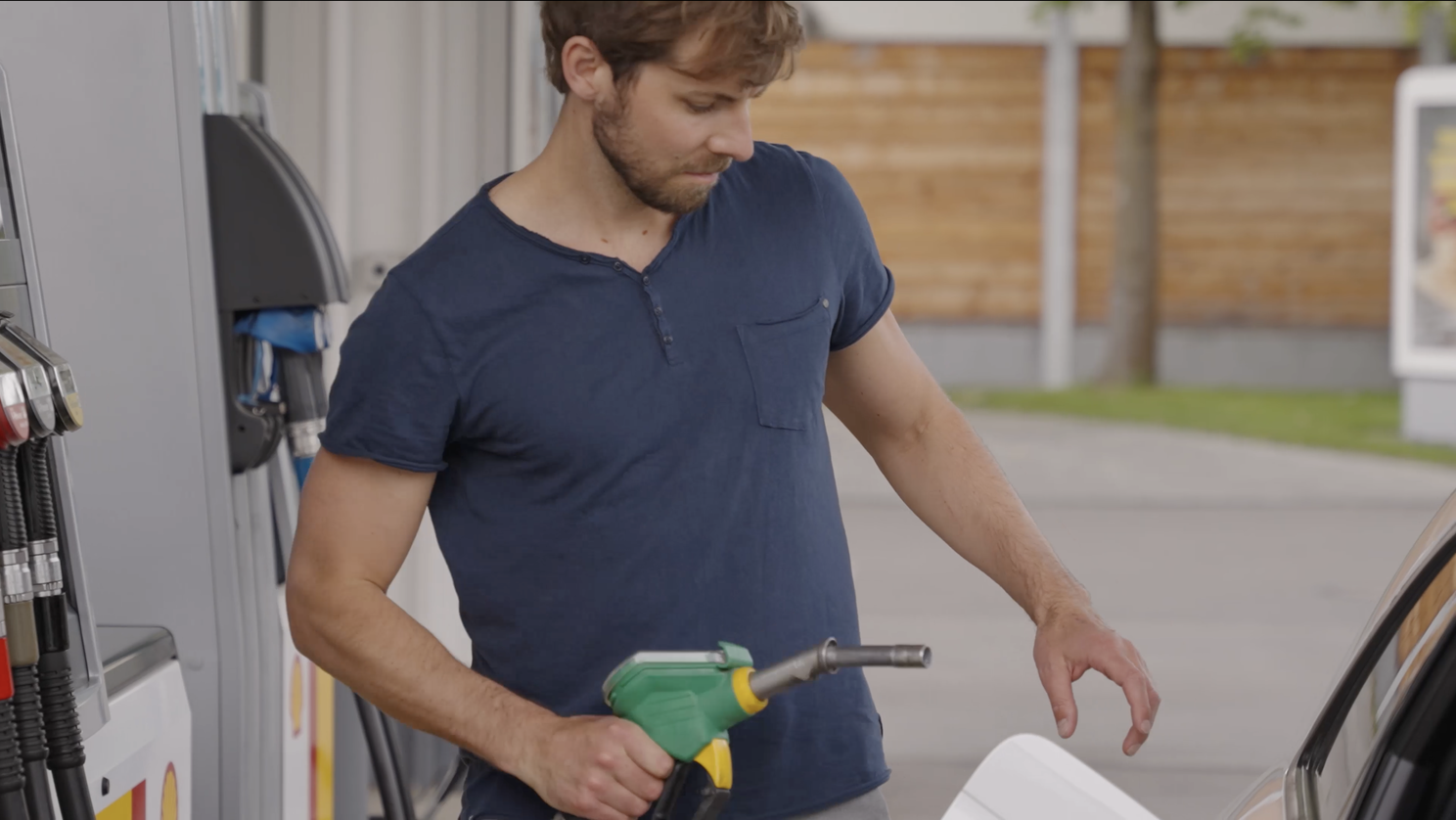
China
In China, attendants usually handle refueling. Users inform attendants of the fuel type and amount, then pay directly from their vehicles using mobile payments like Alipay. With the rise of electric vehicles, public charging stations are also prevalent, allowing payments via mobile phones.
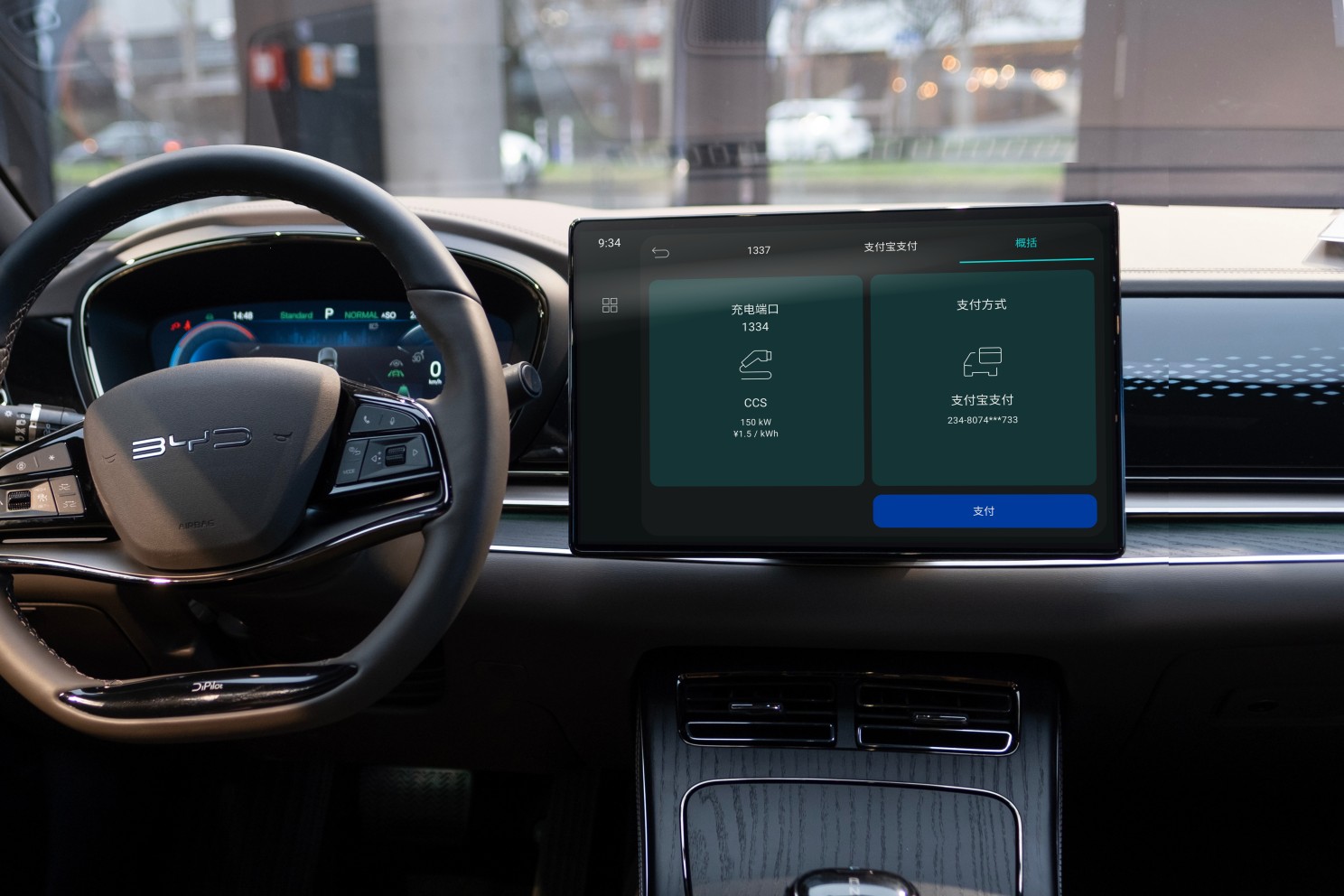
India
Similar to China, India often uses valets for refueling. Users ask valets to fill the tank or a specific amount, then pay from their vehicles using UPI QR codes, cards, or cash.
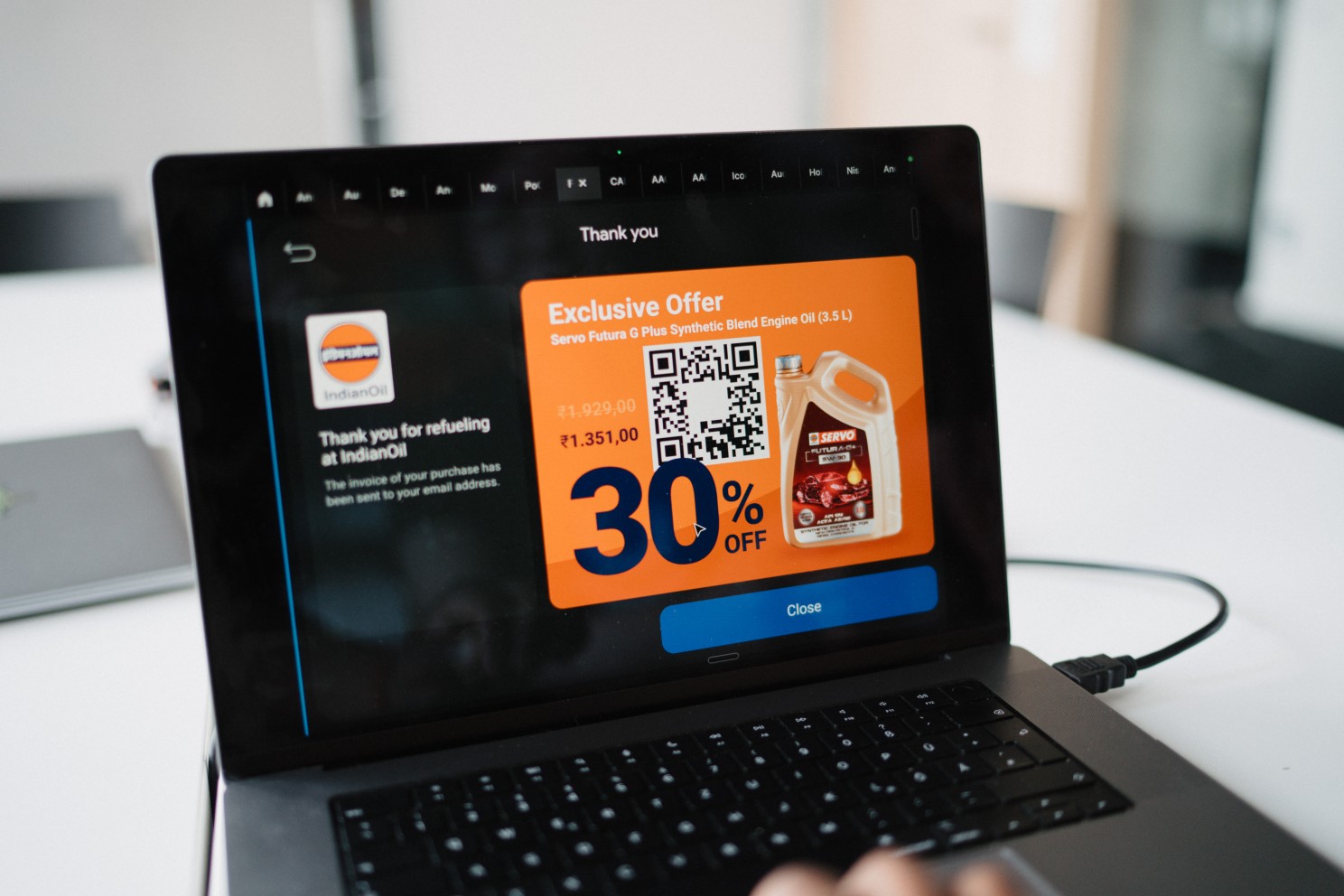
Conclusion
Considering these use cases for in-car experiences highlights the importance of local norms, technological advancements, and common usage patterns in each country. Payment and refueling are standard processes, but local differences significantly impact user experience. Designing intuitive, simple, and easy-to-understand solutions that accommodate these differences is key to successful UX design.
Outro
Reflecting on the initial question: Am I biased? Recognizing biases due to cultural differences is crucial. As UX designers, we must actively work to reduce these biases. Early-stage user research helps understand cultural patterns and behaviors. Staying informed about market trends and anticipating changes in user behavior upon product launch is equally important.
By maintaining an open mind, being aware of different cultures, and validating concepts with local users, designers can overcome biases and deliver meaningful user experiences in the automotive industry across diverse markets.
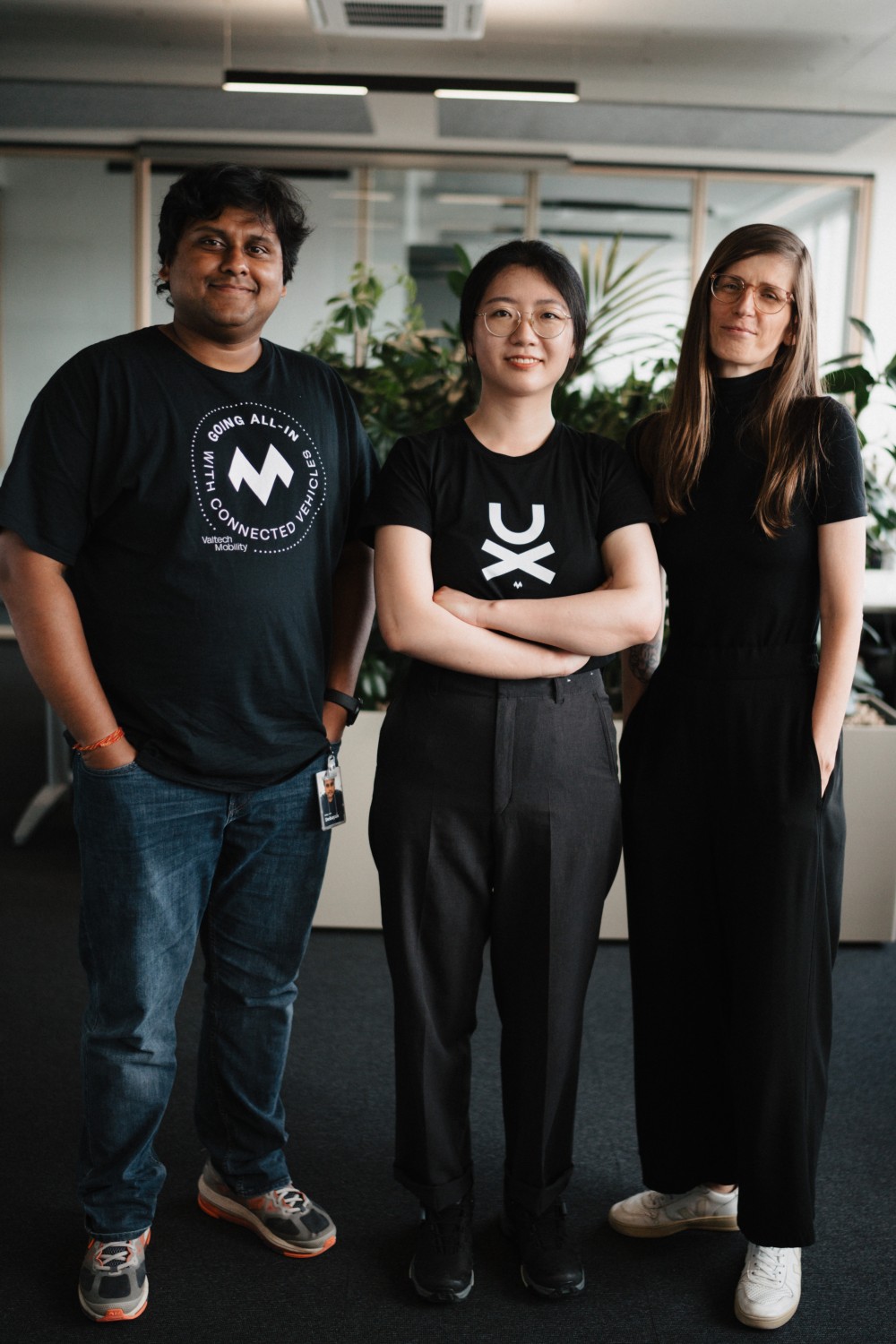
Authors: Ruiwen Chen, Nadja Lohr, Debayan Chakraborty
